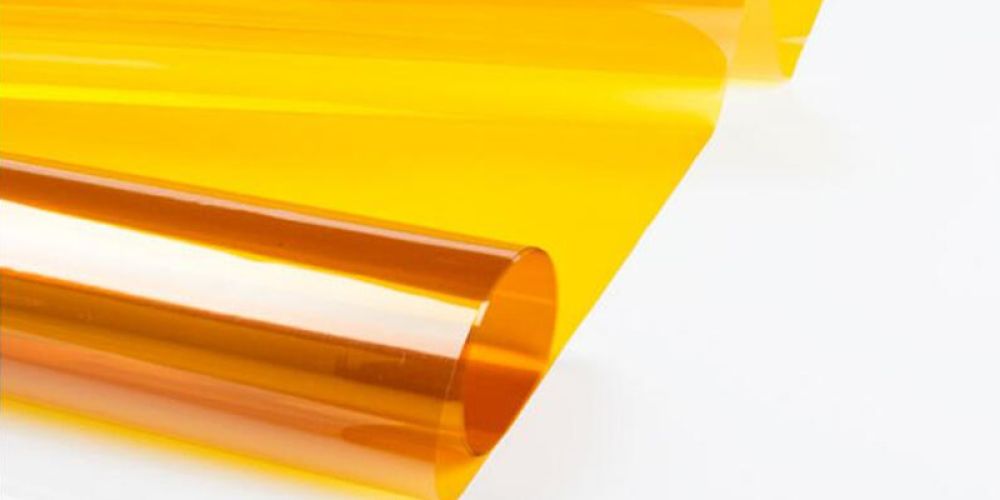
Polyimide Film
Polyimide film (PI film) is one of the organic polymer materials with the best comprehensive performance, offering numerous exceptional characteristics:
Heat Sealing Machine
A heat sealing machine utilizes a high-frequency electromagnetic field to induce molecular collisions within materials, generating heat for purposes such as fusion or embossing. Below are its working principles and features:
Working Principle:
A high-frequency heat sealer generates a high-frequency electromagnetic field through an electron tube self-excited oscillator. The object to be processed is placed between the upper and lower electrodes. The material’s internal molecules vibrate rapidly under the electromagnetic field, producing friction-induced heat to achieve fusion or embossing. High-frequency heating relies on electromagnetic field oscillations at frequencies ranging from tens of thousands to hundreds of millions of cycles per second. It can be categorized into high-frequency induction heating, dielectric heating, plasma heating, and microwave heating. Dielectric heating, known for its speed, uniformity, and efficiency, is widely used in modern industries. In plastic packaging, high-frequency dielectric heating is applied via heat sealers (welding machines), which convert alternating current to direct current and then to high-frequency power for processing.
Features:
Integrated Applications of Polyimide Film and Heat Sealing Machines
Owing to its outstanding properties, polyimide film is widely used in high-tech sectors such as aerospace, electronics, and new energy. In these fields, heat sealing is often required to bond polyimide films with other materials or form specific structures. For example:
This synergy between advanced materials and precision machinery drives innovation across cutting-edge industries.